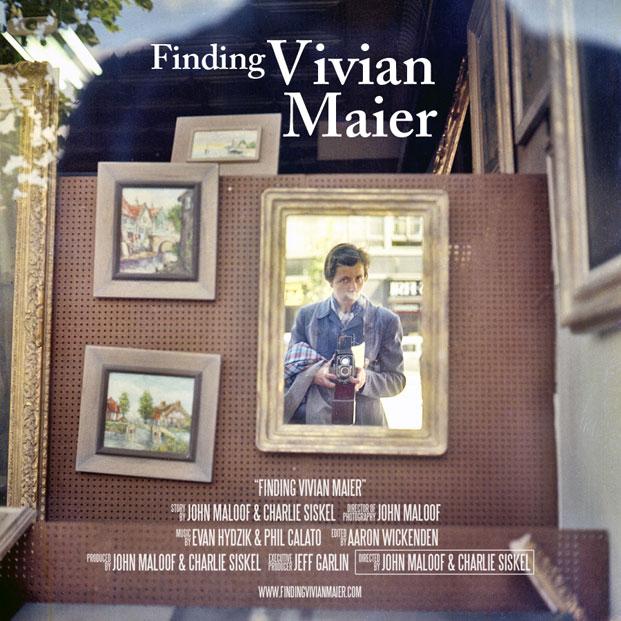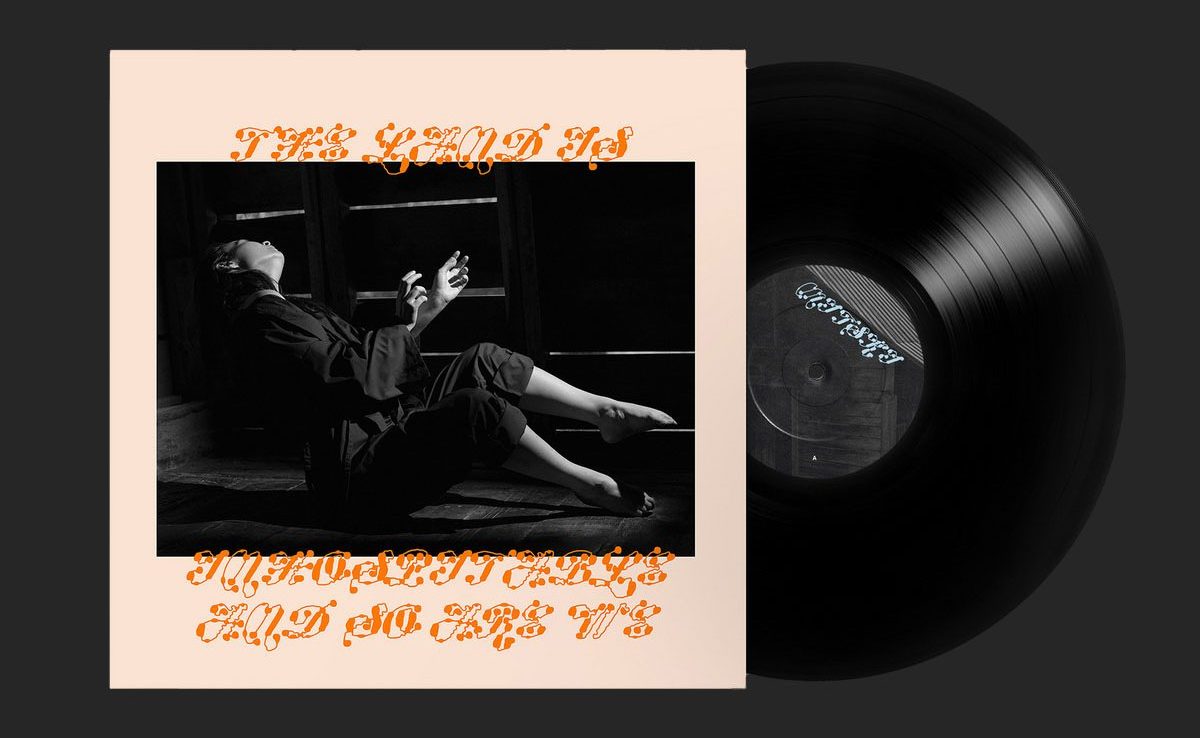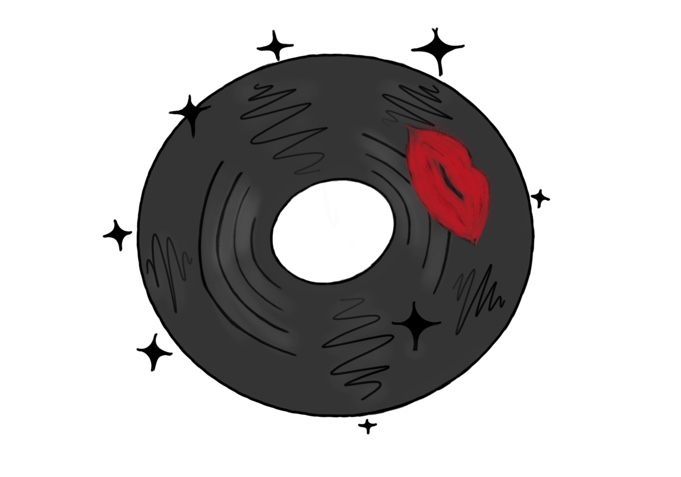 Her story is unorthodox and her photography is extraordinary, but would she have wanted the world to know it? Maier, who passed away in the Chicago suburbs in 2009 at the age of 83, lived her life as a nanny on the east coast and, little known, arguably as one of the world’s best street photographers there ever was. On the verge of being pitched away for good, her work was undiscovered until it was dug up and purchased by chance at an auction after her death.
Her story is unorthodox and her photography is extraordinary, but would she have wanted the world to know it? Maier, who passed away in the Chicago suburbs in 2009 at the age of 83, lived her life as a nanny on the east coast and, little known, arguably as one of the world’s best street photographers there ever was. On the verge of being pitched away for good, her work was undiscovered until it was dug up and purchased by chance at an auction after her death.
In his debut film, the director (and discoverer of Maier’s photography) John Maloof, follows his own journey through uncovering the life of this secluded nanny and secret artist. The decision to include himself in this what is essentially another person’s story was unwise when looking at the story as a biographical piece, but as the film is also somewhat of an investigative piece, it was a slightly understandable choice.
There is no other way to describe Maier’s work than stunning. In bustling cities, on street corners or park benches, or even in the aftermath of grisly crime scenes, for years, Maier captured incredible photos while occasionally even toting along a small child or two to whom she looked after as a nanny. Her photos of ordinary, everyday people are so telling of both the life of the subject. There was such an indescribable sense of darkness, reality, and humanity that Maier could portray in all of her photos of such ordinary subjects. Had she released her photos, she would have been a tremendous success, which bewildered those that had known her for years.
We find out that her own personal life was no less surprising, which even those who were closest to her didn’t know entirely. Deeming herself as a “spy”, she only disclosed pieces of her life to certain acquaintances and kept very secretive in her lifetime. However, all paths investigated in this film all suggest that there was a darker side to Maier’s past, which may never be known.
And it’s shown in her photography.
Not only did the unique sense of humanity and understanding of her subjects in her photos show a striking sense of reality in the photos themselves, but when looking at the tragedy or dark undertones to the reality of some of Maier’s photos, it’s obvious that the work reflects her own personal outlook on life, which only adds to the genuinity of the photos and to her incredible honesty and bluntness as an artist.
Despite the underlying traces of a dark past, it’s amazing how broadly her work and her life story reached. What’s even more amazing is how widely unknown her life and work had been to the public, and even to the closest of her friends and family. Overall, “Finding Vivian Maier” does a wonderful job at uncovering and setting an example of how rich anyone’s life story can be, no matter how unknown.

















































































